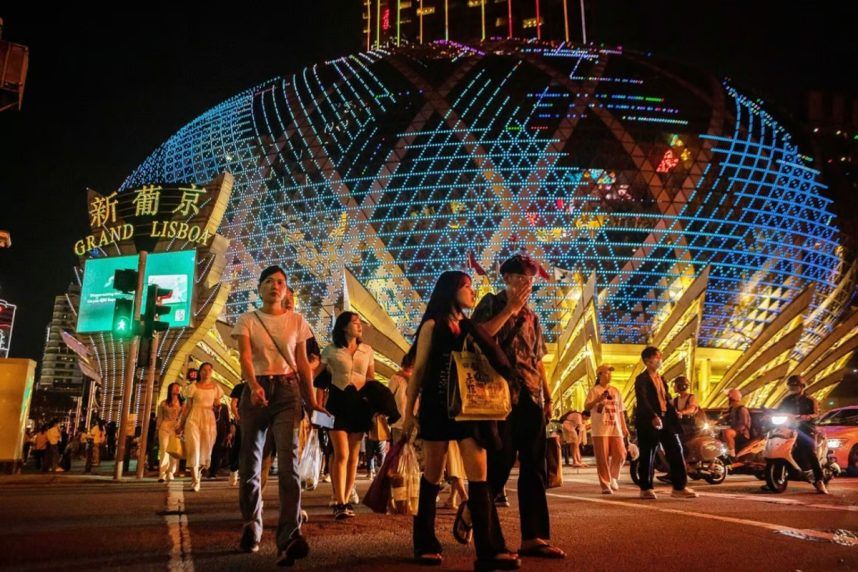
Within the lively and exciting world of gaming establishments, where luck and tactics intertwine, color and aesthetic play a key role in attracting players. From the moment players step inside a casino or access a gaming platform, they are immersed in a visual feast that grabs their attention and lures them to explore further. Vivid colors, captivating graphics, and creative layouts are meticulously crafted to create an atmosphere of thrill and expectation, ultimately enhancing the gaming encounter.
While players navigate through the ever-changing landscape of casino games, they come across a range of designs that not only serve visual purposes but also influence feelings and choices. Hues like red and gold symbolize riches and fortune, while soothing navy and greens can create a more tranquil environment. Grasping how these elements work together enables casinos to create an inviting and energizing atmosphere that encourages players to interact with the games, spend additional time at the tables, and increase their overall enjoyment.
The Study of Hue in Gambling Games
Tint plays a critical role in the development of gaming experiences, influencing players’ emotional states and responses. Lively and bold colors, such as crimson and yellow, are often used to ignite thrill and attract attention. These hues create a sense pressure and dynamism, encouraging players to involve themselves more eagerly with the experience. By intentionally selecting tints, creators aim to inspire emotions of satisfaction and excitement, which can enhance the overall game experience.
Various hues also have psychological associations that can influence how gamblers perceive their chances of winning. For instance, lime is often associated with fortune and prosperity, making it a well-liked choice in activities like roulette and poker games. This link can result gamblers to feel more optimistic and self-assured in their gaming, ultimately motivating them to bet more. Understanding these connections allows game developers to create environments that enhance player enjoyment and loyalty.
Moreover, the interface of gaming interfaces often employs blended colors and contrasting colors to instruct players’ responses. For example, successful results may be highlighted with bright, opposing shades, creating a visual reward. This approach reinforces successful results and promotes repeated engagement. By leveraging color psychology, gaming venues can design activities that not only captivate players but also keep them involved and invested in their play experience.
Design Elements that Attract Players
The aesthetic appeal of gambling games is primarily influenced by the implementation of vibrant colors. Lively and striking colors are strategically chosen to create an appealing atmosphere that grabs interest. For instance, reds and golden hues often signify good fortune and wealth, which is why they are prevalent in the palettes of gaming machines and table surfaces. These colors not only draw players in, but they also stir emotions related to excitement and anticipation, enhancing the overall gaming experience.
In addition to color, the design and layout of gambling games play a crucial role in captivating players. Games are designed to be intuitive, ensuring that players can quickly understand the rules and gameplay. Accessible interfaces, along with captivating graphics and animations, help maintain player interest and promote extended play sessions. The tactile elements, such as the texture of the controls and the sounds of the games, also add to a comprehensive sensory experience that keeps players immersed.
In conclusion, conceptual elements in game design can greatly influence player choice. Many gambling games are inspired by media, fairy tales, or adventure themes, featuring symbols and characters that resonate with players. These themes create a sense of immersion and relatability, making each game feel unique. When players feel a connection to the theme, they are more likely to opt for that game over others, leading to higher participation and excitement within the casino environment.
Case Studies: Notable Gambling Game Designs
One noteworthy example of impressive casino game design is the well-known slot machine series based around popular movies. Games such as those based on the Wizard of Oz and Game of Thrones utilize dynamic colors and high-quality graphics to immerse players in well-known narratives. The use of lively visuals and captivating sound effects grabs the interest of players, building an emotional connection to the theme. This approach not only promotes longer play but also enhances the overall gaming experience, leading to increased player retention.
Another successful case is the application of the psychology of color in table games like 21 and roulette. Casinos often design these games with rich reds and greens, colors traditionally linked with luck and wealth. For instance, the emerald felt on a blackjack table provides a calming effect, while the red accents in roulette invite excitement. This intentional use of color helps to establish an inviting atmosphere that encourages players to engage, fulfilling their psychological impulses and boosting their enjoyment.
Finally, social casino games that feature social features and bright, lively designs have experienced remarkable success in engaging players. Games like Zynga’s Poker and Slot-O-Mania leverage bright colors and playful animations to establish an inviting online environment. The addition of leaderboards, community sharing options, and in-app rewards encourages competition and community, drawing players in for longer sessions. Such designs not only make the games visually attractive but also underscore social connectivity, a crucial factor in player retention and engagement within online casino environments.
non GamStop casino sites